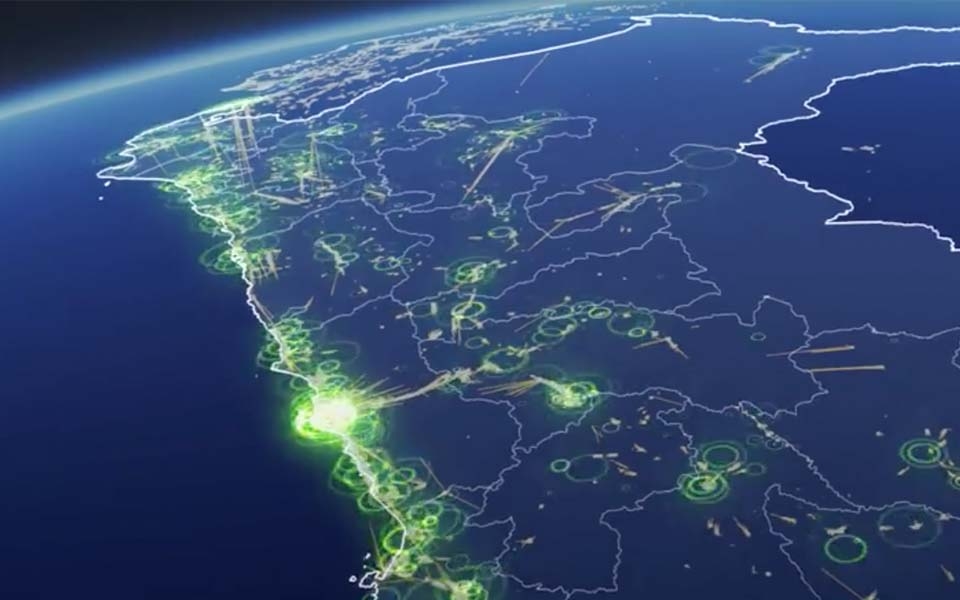How Big-Name Corporations Are Introducing Innovation To Disaster Response Efforts

This month, Facebook announced an innovative new program designed to make use of the prevalence and convenience of social media in the modern age for assisting disaster response efforts. The disaster maps track anonymous data from locations in crisis to provide critical and often missing information to humanitarian and aid organizations. The maps can be used to determine which areas are in greatest need of resources, movement of populations, and most vulnerable populations during post-disaster event response efforts.
Other large corporations have contributed to the world of disaster relief in the past. In response to the disaster following damage caused to Fukushima’s Daiichi Nuclear Reactor after the 2011 earthquake, Honda began to engineer robots that could enter the facility. In 2016, a fleet of these machines were ready take a significant role in the decontamination process. Last year, Samsung introduced PS-LTE, a high speed communication network to be used by Korean Public Safety. PS-LTE stands apart from other public safety networks through its ability to allow sharing of “precise emergency information in the form of real-time video streaming and high quality images”.
In order to discuss further innovations in disaster relief, the Aid and International Development Forum will hold the Global Disaster Relief & Development Summit on September 6-7 at the Ronald Reagan Building and International Trade Centre in Washington D.C. The Summit strives to enable quicker and better response during crises and catastrophes by improving effectiveness, cost-efficiency and sustainability of aid operations. This year’s programme will expand its scope beyond disaster relief and will look into emerging global challenges, innovations and opportunities in international aid and development sector.
An update on the latest innovations in communication technology and social networks for relief agencies will be provided Joseph Burton, Counsellor for Technology and Security Policy at the US Department of State during the Emergency Communication, Connectivity, and Social Networks panel on Day Two of the Summit.
Other confirmed speakers include:
- Kenny Cheung, Chief of Procurement, World Bank
- Carlos Carrazana, Executive Vice President and COO, Save the Children USA
- Richard Leach, President and CEO, World Food Program USA
- Dominic Grace, Director, Sourcing and Operations, United Nations Development Programme (UNDP)
- Kieth Kall, Senior Director, Strategic Partnerships, World Vision
See the full list of confirmed speaker at our conference website: http://disaster-relief.aidforum.org/speakers
See the full agenda here: http://disaster-relief.aidforum.org/agenda
To learn more about disaster related issues and take action to make a difference, email Alina O’Keeffe at marketing@aidforum.org with a request for participation.
Image source: Facebook Research








